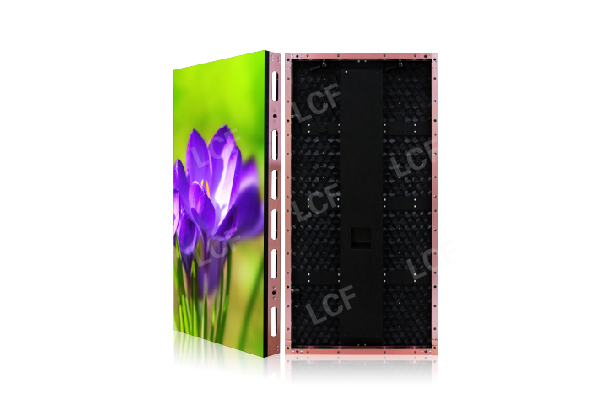Publisher: Supplier of LED Display Time: 2018-09-04 Views: 4853

If the brightness of the LED display screen does not reach the expected value after use, you can also try the following methods to increase the brightness.
1. Change the current flowing through the LED. Generally, the continuous working current of the LED tube is about 20 mA. Except for the saturation phenomenon of the red LED, the brightness of other LEDs is basically proportional to the current flowing.
2. Using the visual inertia of the human eye, the pulse width modulation method is used to achieve grayscale control, that is, the light pulse width (ie duty cycle) is periodically changed, as long as the period of repeated lighting is short enough (ie the refresh frequency is high enough) ), the human eye cannot feel the shaking of the light-emitting pixels. Since pulse width modulation is more suitable for digital control, today, when microcomputers are generally used to provide LED display content, almost all LED control systems are usually composed of three major parts: the main control box, the scanning board and the display control device. The main control box obtains the color brightness data of a screen pixel from the computer's display card, and then redistributes it to several scanning boards. Each scanning board is responsible for controlling several rows (columns) on the LED display, and each row (column) ) on the LED display control signal is transmitted in a serial manner.

At present, there are two ways to transmit display control signals in series: one is to centrally control the grayscale of each pixel on the scanning board, and the scanning board decomposes the brightness value of each row of pixels from the control box (ie, pulse width modulation), Then, the turn-on signal of each row of LEDs is transmitted to the corresponding LEDs in the form of pulses (lighting is 1, no lighting is 0) to the corresponding LEDs in series to control whether they are lit. This method uses fewer devices, but the amount of data transmitted in series is large, because in a cycle of repeated lighting, each pixel needs 16 pulses under 16-level grayscale and 256-level grayscale. 256 pulses, due to the limitation of the operating frequency of the device, generally only the LED display can achieve 16-level grayscale.
3. The content of the serial transmission of the scanning board is not the switching signal of each LED but an 8-bit binary brightness value. Each LED has its own PWM to control the lighting time. In this way, in a cycle of repeated lighting, each pixel only needs 4 pulses under 16-level grayscale, and only needs 8 pulses under 256-level grayscale, which greatly reduces the serial transmission frequency. With this method of decentralized control of LED grayscale, 256-level grayscale control can be easily realized.